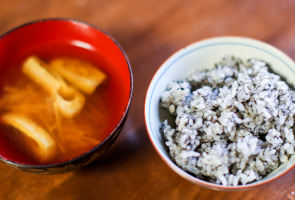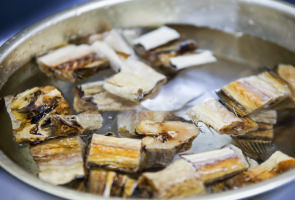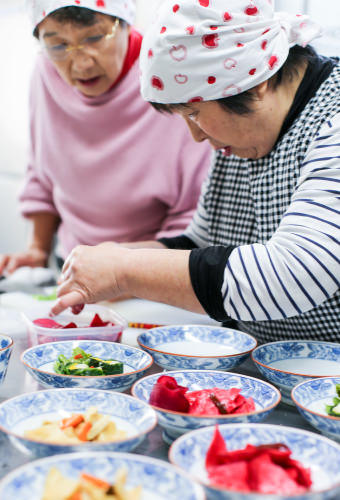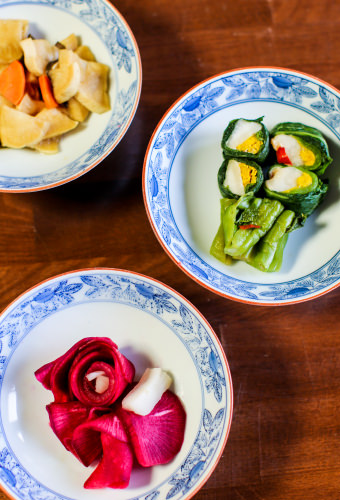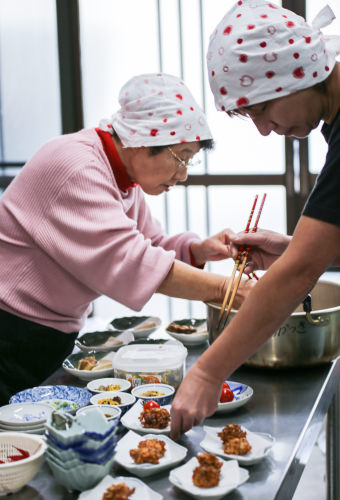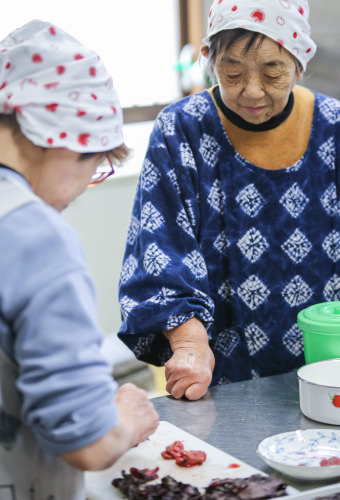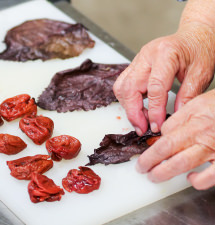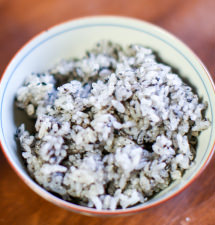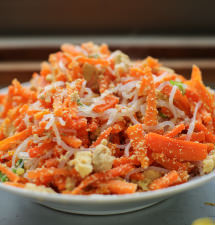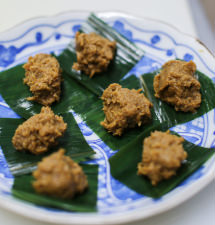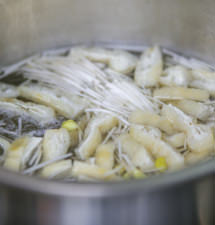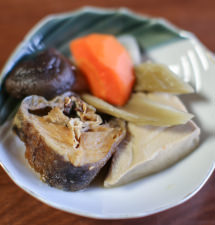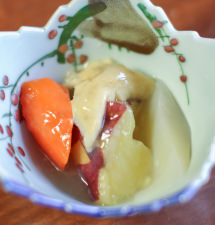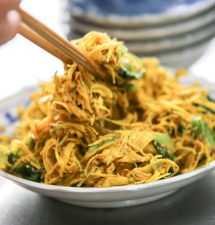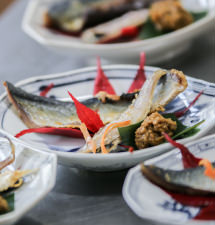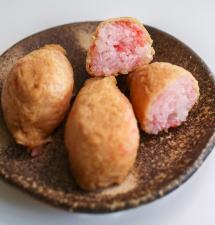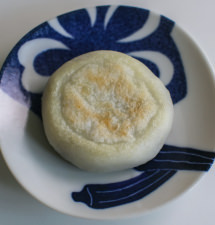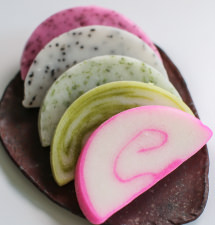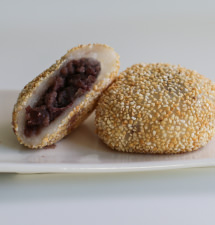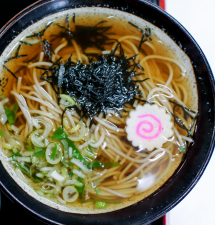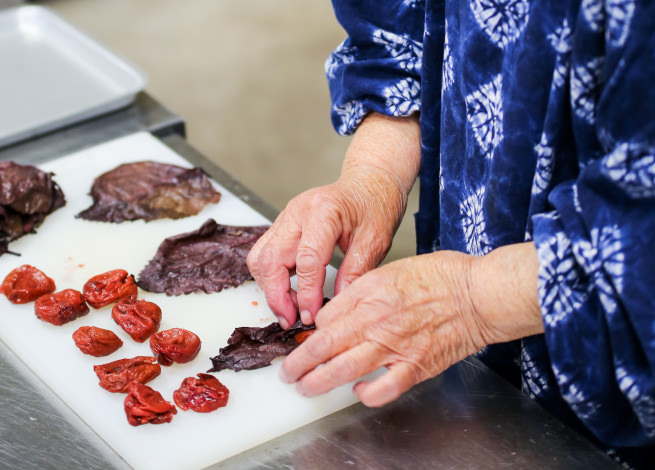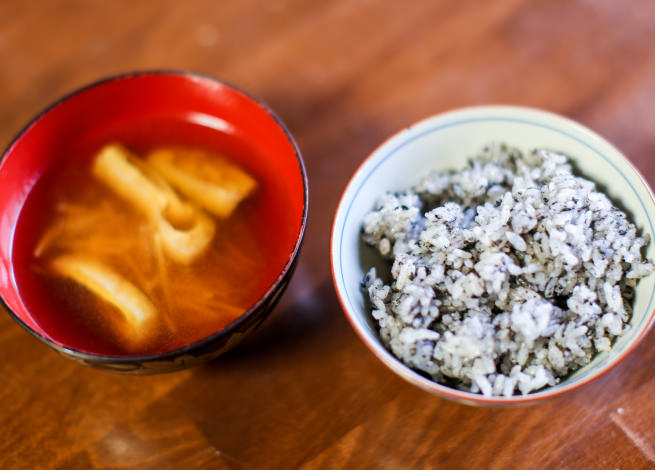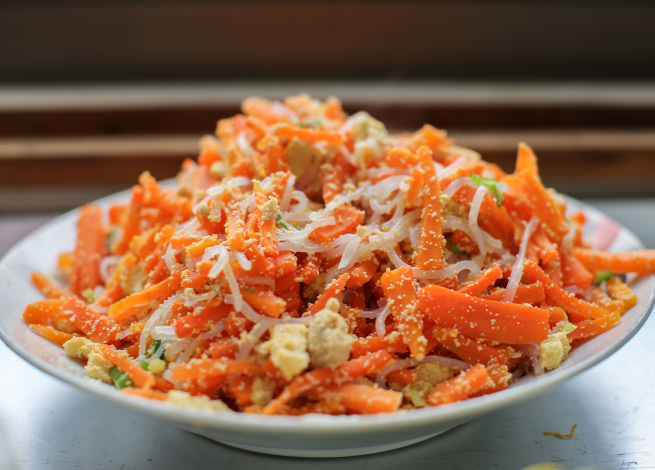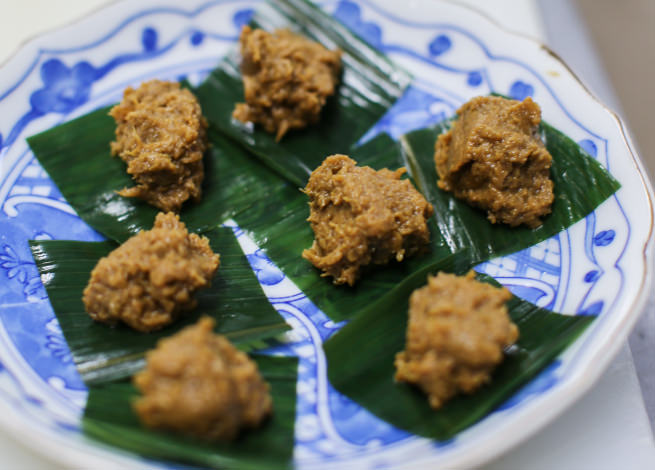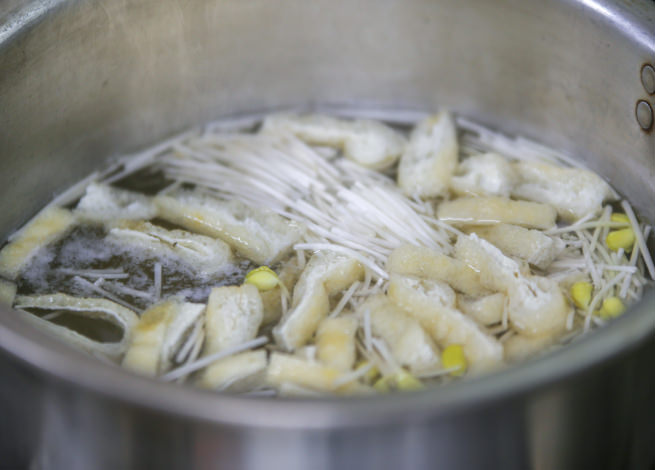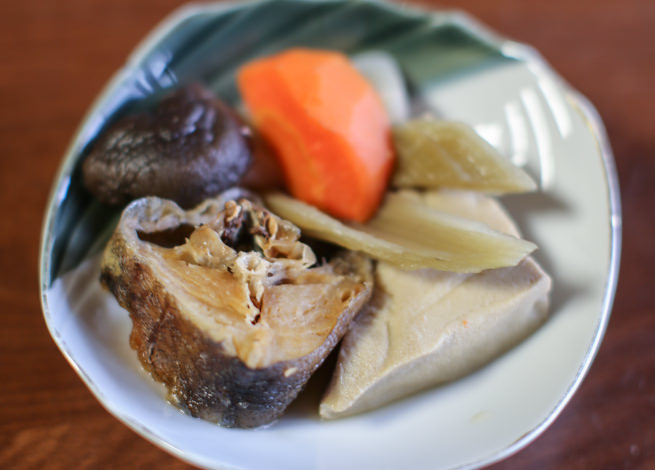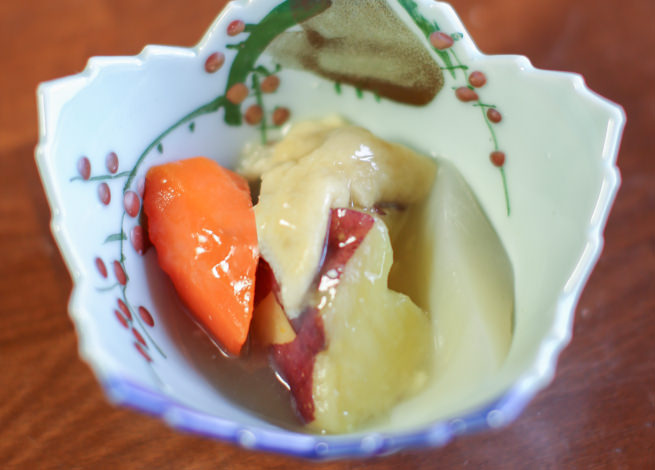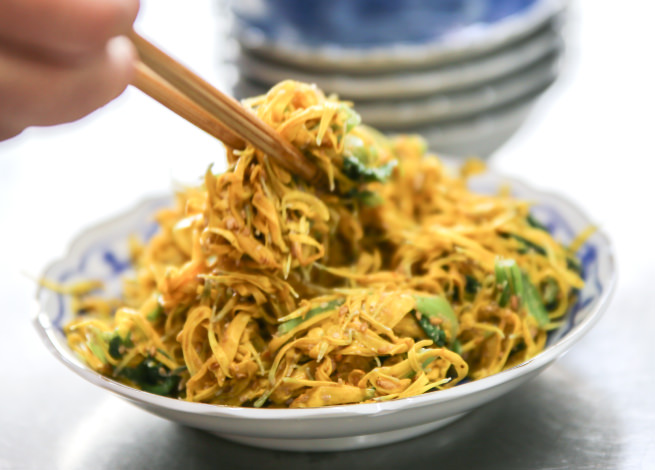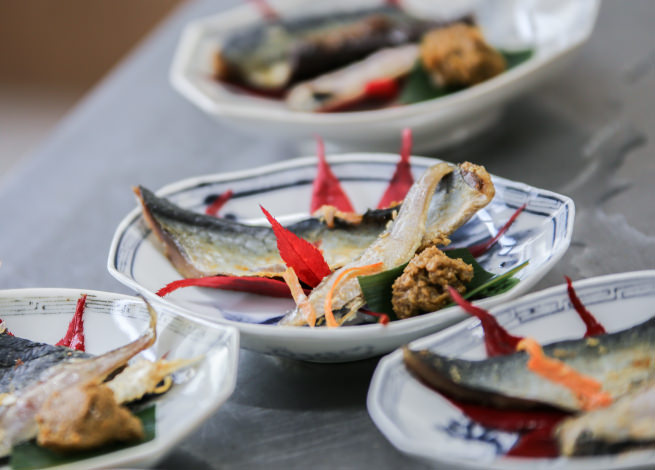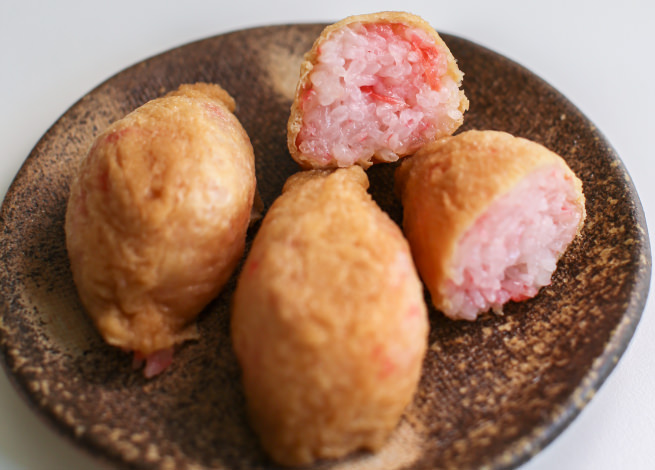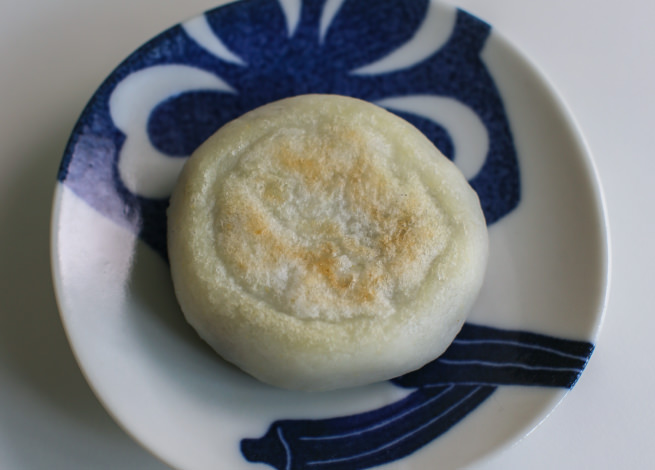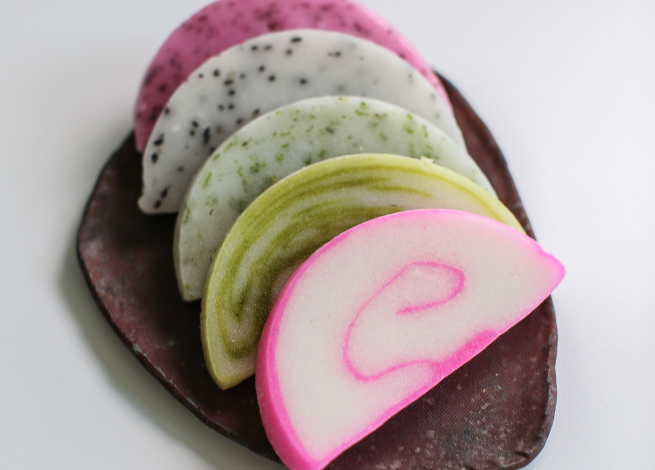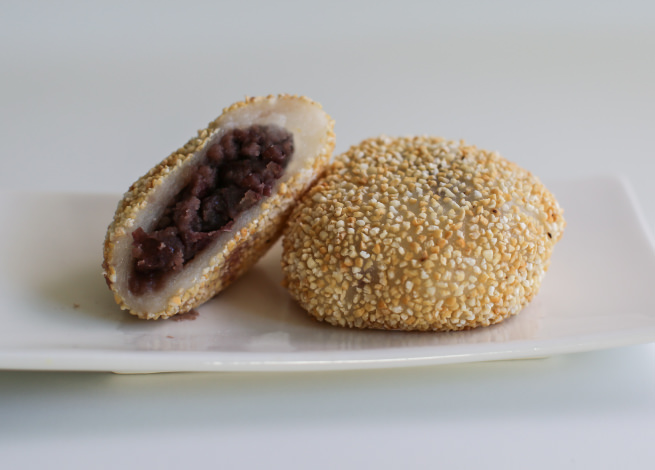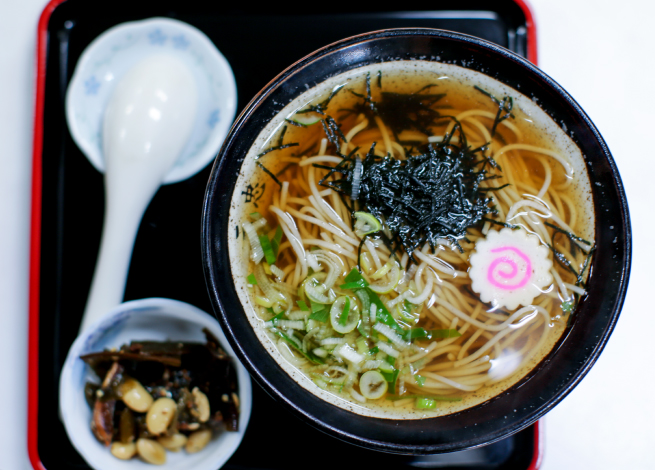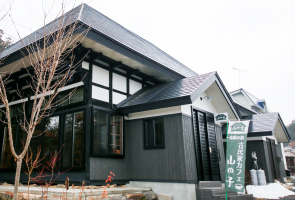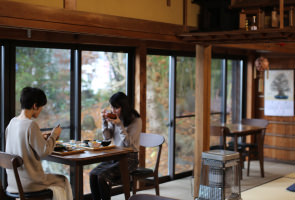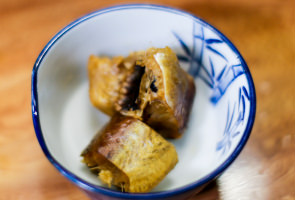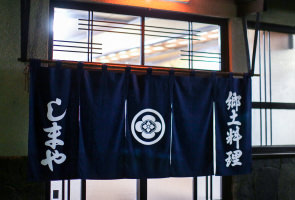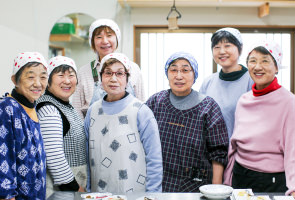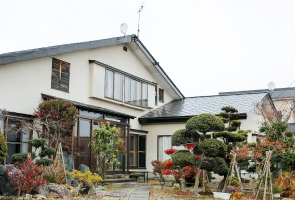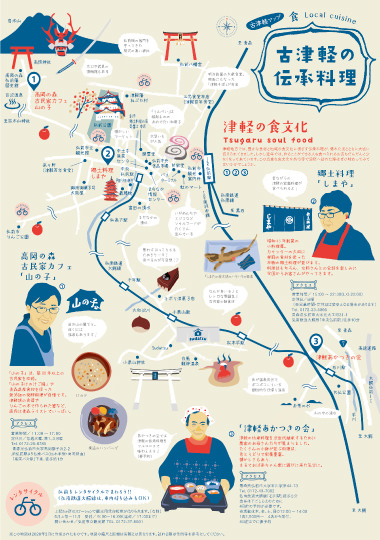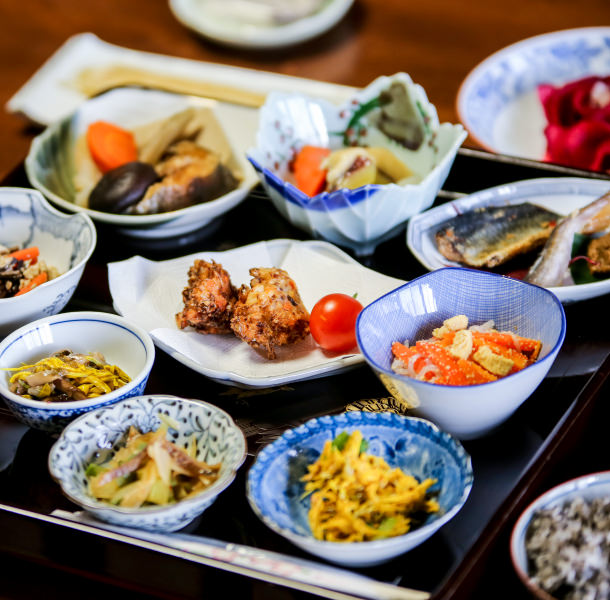
The Traditional Cuisine of Kotsugaru
HIROSAKI
Farmers in the Tsugaru region don’t only grow rice, but they also spend their time making preparations for harsh winters with heavy snowfall. To this end, they make preserved foods by drying, salt-pickling, and fermenting vegetables, fruits, wild vegetables, and nuts. Kotsugaru’s cuisine tastes like a traditional home-cooked meal, incorporating these inherited cooking methods specific to regions with heavy snowfall.
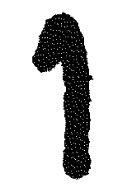
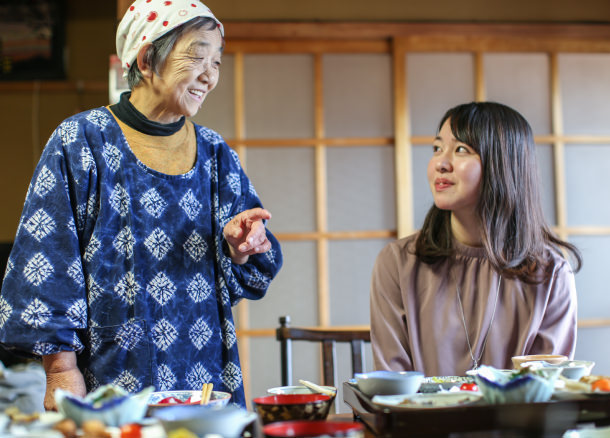
1 The Origins of Traditional Cuisine
Rice, Fermentation, Salt-pickling, and Baccha
“We don’t have anything else, but be sure to fill your belly with rice!” Tsugaru is a region where a high volume of rice is harvested, to the extent you may hear people saying things like this.
To entertain guests using the rice they proudly harvested, farmers would bring out feasts of fermented foods and delicious sweets, even during the harsh winter. The traditional cuisine of Tsugaru began with the welcoming hearts of these farmers.
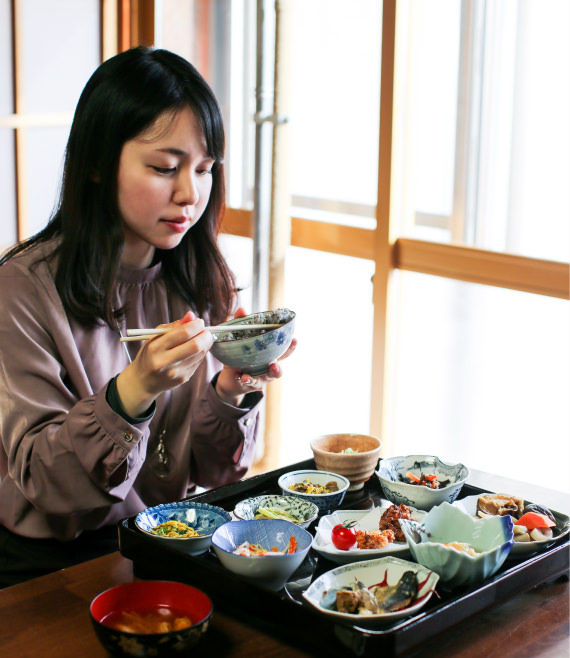
An energizing Kobiru meal during rice planting season
In the past, rice planting was a cooperative between family and friends they got gather and worked from sunrise to sunset. On busy days, up to five meals may be eaten while working on the farm. During the 10 am kobiru, (a small lunch break), farmers ate sugary red rice, nerikomi (a type of sweet pickled vegetable), and dried cod boiled in soy sauce. These sweet dishes were made to give farmers strength and protect them from the cold.
Drying and Pickling
In preparation for the harsh winters of Tsugaru, grains, vegetables, fruits, mountain vegetables, and nuts are harvested and dried or pickled, while vegetables and fish are submerged in rice bran, malted rice, or rice lees to make preserves before the snow begins to fall. The culture of pickling was so widespread, A dedicated room for pickling could be found in every farmhouse. These rooms would be full of cucumbers, eggplant, warabi (eagle fern), and mountain vegetables pickled in salt for long term preservation. Home-made miso paste was a given in region with kaccha and baccha, or mothers and grandmothers, proudly made their own.
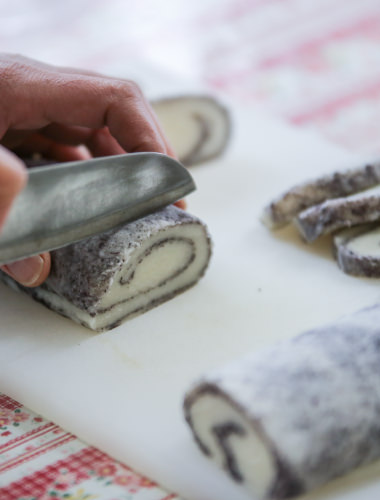
Festivals and mochi, and sometimes sweets
The people of Tsugaru frequently ate glutinous rice. In autumn, they would make mochi with freshly-grown rice and celebrate the harvest by handing them out to friends. In December, making mochi was almost an everyday affair, and festivals were held to welcome the new year. Mochi was also used as offerings to the gods. On December 1st they would make an offering to Iwaki, on the 5th to Ebisu, on the 8th-10th to Yakushi, Daikoku, and Inari, and on the 12th to the gods of the mountains. Offerings of mochi would continue until the end of the year. Whenever there was time, they would use rice to make hard candy, unpei (a mochi-like dessert), and other sweets.
To connect to the next generation
At the Tsugaru Akatsuki Club, women have formed a group spanning generations to make food. The group was formed to leave behind secret recipes for the next generation, including methods for choosing and preparing ingredients, cooking techniques, and tricks. The oldest baccha (grandmother) is the leader, while skilled kaccha (mothers) supervise flavoring the dishes, and accha (young women) work as assistants to gain knowledge and build up experience.
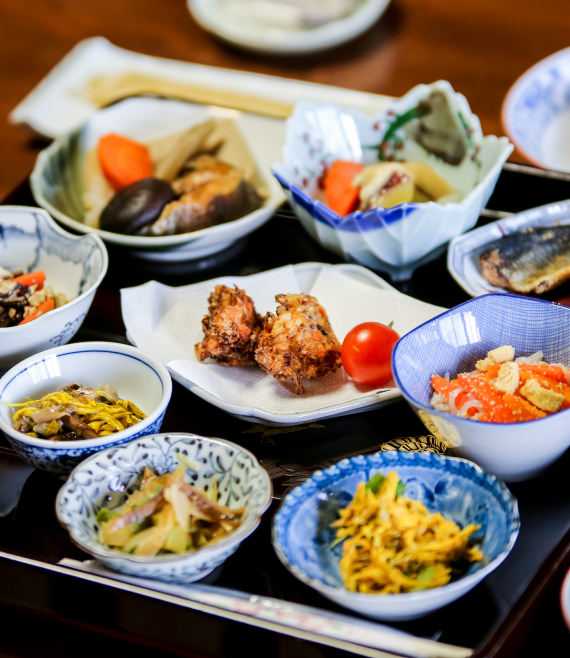
A variety of traditional dishes
Even if times change, we hope that the traditional cuisine of Tsugaru is passed on and continues to be eaten and made by the next generation. The Japanese Furusato Gohan Association works together with people from the Tsugaru region to certify ingredients, cooking methods or foods with regional names as “Tsugaru Food Heritage.” On their public archive site, over 130 types of dishes and techniques are listed, with many using ingredients such as rice, cod, and mountain vegetables. This website introduces the food culture of Tsugaru so that both locals and visitors come and enjoy the taste of Tsugaru in the place it comes from.
---------------
Tsugaru Food Heritage
https://tsugaru-ryouriisan.com/
- Other staple dishes
- ● Sweet Chawanmushi… Many ingredients such as chicken tenderloin, chestnut, mushrooms, bamboo shoots, colored konjac, and shrimp fill this faintly sweet traditional Japanese custard dish.
- ● Pickled Beans… A dish of local edamame beans pickled with the skin on.
- ● Pickled Leaf Wrap… A pickle made by wrapping leaf mustard and napa cabbage in a large shiso leaf.
- ● Pickled Squid and Cabbage… A typical Kotsugaru azazuke (light pickle) using squid and cabbage.
- ● Pickled Nanban… Layers of Nanban (Togarashi chile) are pickled in soy sauce and malted rice to create this fermented all-purpose flavoring.
- ● Mizumono… Meat from fresh hoya (sea pineapple), is put in konbu soup stock with mizu (a type of nettle) to create this dish that is indispensable in Kotsugaru’s short summers.
- ● Salt-Pickled Samodashi… Samodashi or honey mushroom is the most popular type of mushroom in Tsugaru. Soak the mushrooms in water to rinse off the salt from this preserve and pair with rice flavored with shiokara and konbu.
- ● Monkfish dressed in Miso.. A dish made by dressing monkfish meat and liver with miso for a rich flavor. Pairs well with sake.

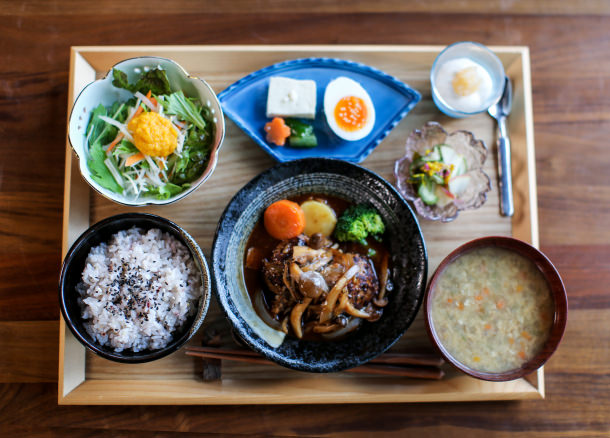
2 Taste Traditional Cuisine
Takaoka no Mori
Kominka Café
Yamanoko
A café run from a restored traditional Japanese home that is over 80 years old. In the Yamanoko kenoshiro meal, they obsess over the details of their kenoshiro soup, an Aomori specialty full of veggies and fried tofu, and the fermented dishes they made using Aomori-produced ingredients and no additives. The interior of the shop is filled with Aomori flavor, from Tsugaru-yaki pottery bowls to chopsticks made from apple-wood. Nearby is the Takaoka no Mori Historical Museum of The Hirosaki Clan, which houses Japanese swords.
- Takaoka no Mori Kominka Café Yamanoko
- Hours 11:00-17:00.
- Closed Tuesdays and the 1st and 3rd Monday of each month.
- Tel. 0172-26-8785
- 2-2 Shishizawa, Takaoka, Hirosaki, Aomori Prefecture
Take a Konan bus from JR Hirosaki Eki (Karekidaira line, Takaoka Route) to the Takaoka Bus Stop and walk one minute.
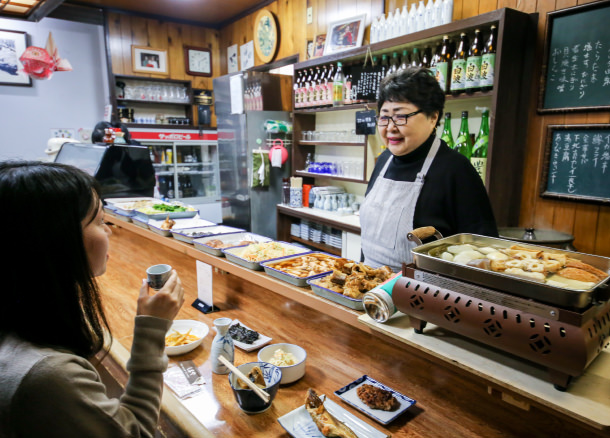
Delicious Food, Delicious Drink
Local Cuisine Shimaya
A small restaurant established in 1968. Large plates of authentic local dishes made from seasonal ingredients line the countertop. Of course the food is delicious, but many customers from all over Japan also come to enjoy conversation with the hostess.
- Local Cuisine Shimaya
- Hours 15:00-22:30 (Last Order 22:00)
- Closed Sundays(Hours and closed days may vary)
- Tel. 0172-33-5066
- 31-1 Motodaikumachi, Hirosaki, Aomori Prefecture
10 Minute walk from Chuo Hirosaki Station on the Konan Railways Owani Line
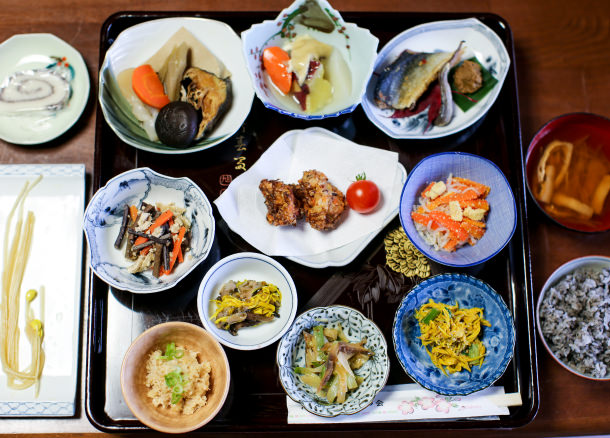
The Flavors of Tsugaru Home-Cooking
Tsugaru Akatsuki Club
A group of around 30 mothers from farming homes have gathered to pass on the traditional cuisine of Tsugaru to the next generation. The small dishes lined up on their serving trays are colorful and rich with nutrients. The nostalgic home-cooked meals enjoyed at a farmhouse will make you feel like you’ve come to play at grandmother’s home. If you would like to enjoy a meal, you must reserve four days in advance so the chefs can make the necessary preparations.
*Active on Thursdays, Fridays, Saturdays, and Sundays from 12:00-14:00
1 Meal: ~1,500 Must be a group of 4 or larger.
You must make a reservation at least 4 days in advance
- Tsugaru Akatsuki no Kai
- Tel. 0172-49-7002
- 44-13 Yagishi, Ishikawa, Hirosaki, Aomori Prefecture
A 5-minute walk from Konan Railways Owani Line Ishikawa Station.



